Toyota Harrier (ACU, MCU, GSU3#) New Car Thorough Description
ReportOctober 31, 2021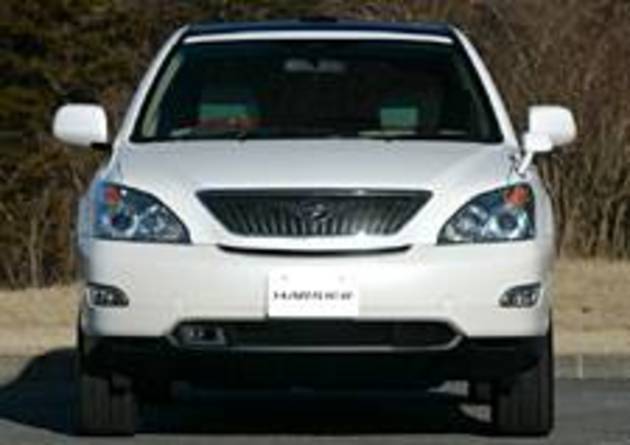
Japan's leading SUV goes into its second generation with a full model change
The Harrier, which was first introduced in 1997, is an SUV targeted mainly at North America. In North America, the Harrier is sold under the Lexus brand, and is highly regarded as a car that has opened up a unique genre of luxury SUVs.
The new Harrier is based on the platform of the Kruger V, and has the same wheelbase as the Kruger V. Compared to the previous generation Harrier, the wheelbase of the new Harrier is much smaller. The new Harrier is based on the Kruger V platform and has the same wheelbase as the Kruger V. Compared to the previous generation Harrier, the wheelbase is 100mm longer and the overall body length is 155mm longer. It comes with the same two engines as before, a 2.4-liter straight-four and a 3-liter V6. There are no changes to the basic engine specifications, including maximum output and torque.
The overall exterior design is instantly recognizable as a Harrier, and it can be said that the model follows the identity of its predecessor.
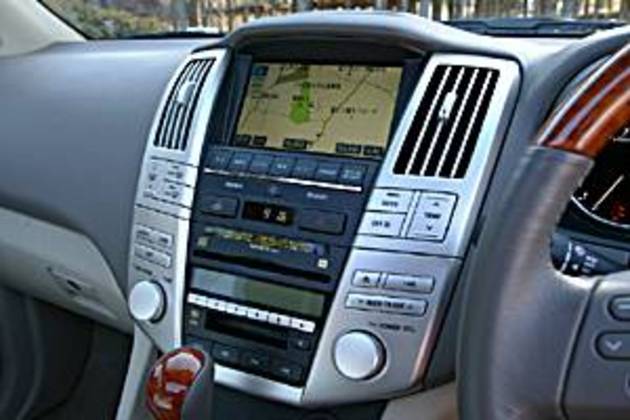
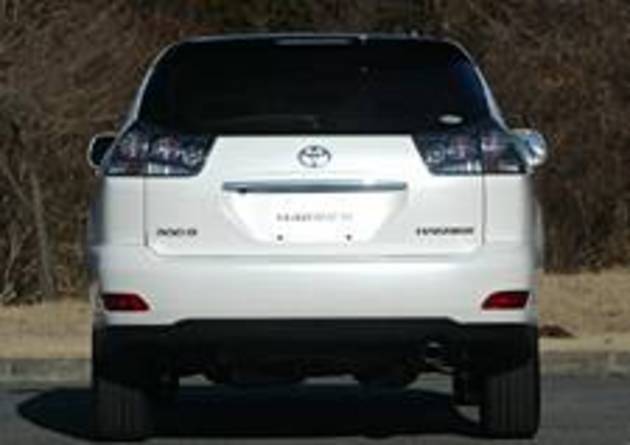
A design that inherits the identity of its predecessor

First of all, let's look at the side pews. From the waistline upwards, the design is that of a wagon with a sporty look like the Altezzazita, and from the waistline downwards, the design is that of a massive SUV like the Kruger V. The solid rear pillars and triangular quarter windows emphasize the Harrier-like design.
From the front, the Harrier-like appearance is still there. The sharp trapezoidal grille is decorated with vertical lattices, and triangular combination lamps are placed on both sides of the grille. The basic design is the same as the previous generation, but if you look closely, you can see that the lattice has been changed to a V-shaped cut, and the headlights have been given a more elaborate design.
The most noticeable change is in the design of the rear. In the previous generation Harrier, the rear combination lights were placed after leaving a little space under the rear window, and the combination lights were designed to be independent. The new model, however, has the combination lamps placed just below the rear window. This resulted in a higher mounting position for the lamps and a more complex design for the lamps themselves.
Pursuing a sense of luxury while further enhancing the sporty feel of the previous generation
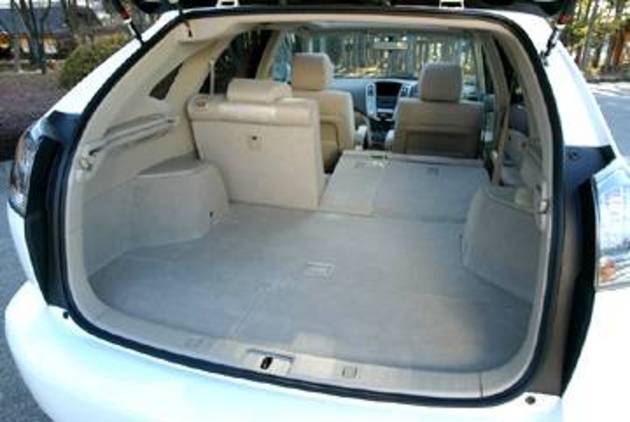
The basic design of the Harrier has been retained, including the V-shaped dash center adopted by the previous generation model. The name "Harrier" is derived from the bird "chohi", a type of hawk. The design of the dash center is based on the image of a bird spreading its wings, and this part of the design has been inherited along with the name Harrier.
The most eye-catching feature of the instrument panel is the independent monocular gauges. Toyota also used independent monocular gauges in the Hilux Surf SUV, but the gauges used in the Harrier are more in the same family as those used in the Aristo rather than the Hilux Surf. Both the Harrier and the Aristo are Lexus brand vehicles in North America, so the design of the Harrier and the Aristo may have something in common.
The AT select lever, which was a straight type in the previous generation, has also been changed to a gate type. A manual shift mode has been added for a more sporty driving experience.
Luxurious interior with elegance and luxury
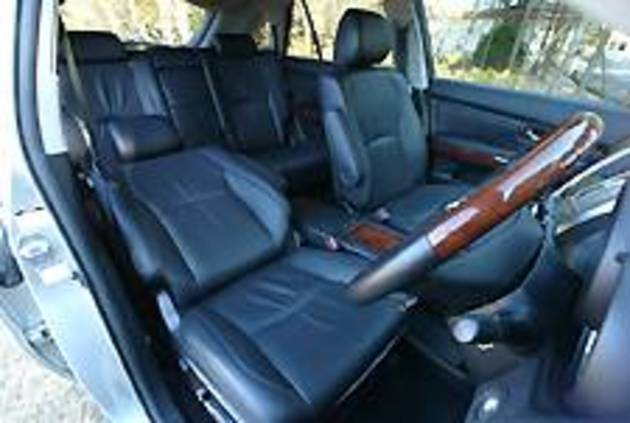
When it comes to SUVs with luxurious interiors, the Range Rover is the most famous. Toyota's Land Cruiser 100 series is also highly acclaimed. The interior of the Harrier is no different in terms of luxury. It is a little different from the Range Rover and the Land Cruiser 100, but it still has the luxury feel that a luxury SUV should have.
The larger body size compared to its predecessor gives it a considerable advantage in terms of packaging, and it offers a roomy interior. The rear seats can slide and recline in a 6:4 split, giving the driver a greater degree of freedom.
In addition, the elegance of the car is also well-designed. The front door curtain lamps, the map lamp that illuminates the shift lever area, and the Iptitron meter with its luminescent ring are just a few examples of the elaborate lighting.
The luggage compartment has been expanded by 15 liters, making it even easier to use.
The luggage space has been increased by 15 liters compared to the previous generation model to 423 liters, thanks to the increased wheelbase and overall length, as well as a suspended spare tire. In addition, the back door that accesses the luggage compartment is equipped with a power lock door (AIRS) that can be opened and closed automatically.
All models have an auto-retractable tonneau cover that prevents the luggage from being seen from the outside when it is loaded in the luggage compartment. The tonneau cover is automatically retracted when the back door is opened, and can be easily removed.
The various pockets are also quite extensive. The sliding center console can hold a 500cc plastic bottle. The front door pockets are A4 size, and the glove box has a 9 liter capacity.
Harrier's latest mechanical innovations
The new Harrier comes with two engines: a 3-liter V6 (left) and a 2.4-liter straight-four (right). Both engines are carry-overs from the previous generation, and the basic specs remain the same: 220 horsepower and 31.0 kgm for the 3-liter and 160 horsepower and 22.5 kgm for the 2.4-liter. However, the 3-liter model's fuel efficiency has been improved through the use of a plastic intake manifold and reduced friction loss in various parts of the engine, while the 2.4-liter model has been given cleaner exhaust gas through the use of a high-performance catalyst.
The 3-liter and 2.4-liter models were equipped with a five-speed and four-speed automatic transmissions, respectively, both of which were of the super-intelligent type that employed a super flow torque converter.
The drive system is based on FF, and full-time 4WD is also available. The 2.4-liter engine model uses a center differential with viscous coupling, while the 3-liter engine model uses a new 4WD system that controls the torque distribution to all four wheels by combining VSC and TRC. The 3-liter engine model uses a new 4WD system that controls torque distribution to all four wheels by combining VSC and TRC.
Buy now!
TCV Corporation has the partnership with MOTA.
Copyrights ©2021 MOTA, All Rights Reserved.
Translated by TCV, MOTA liability, trademark, images and documents use rules apply for the original and the translation.
Reproduction and distribution of this article including images without written permission is prohibited.
This article was published in the past, and the grade status may differ from that of the exported / imported vehicle.
In case of Copyright infringement , a criminal investigation may be initiated to whether it's individual or a company.


